Meet 9 Creative Innovators Who Are Changing Luxury as We Know It
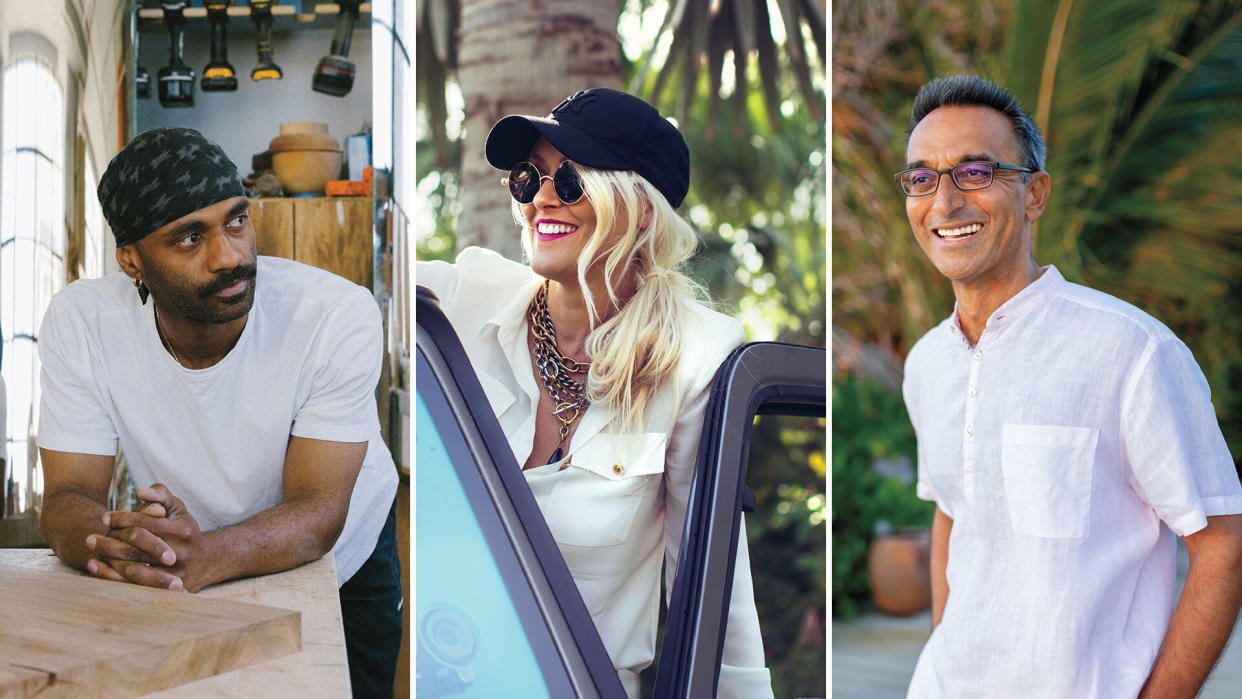
The luxury world tends to focus on products, services, and experiences. But every so often, it’s good to remind ourselves that without hardworking individuals, there’d be no fine hand-rolled cigars, stylish home furnishings, watch-collector meetups, or Maldivian overwater villas to enjoy.
Which is why the first few pages of our annual Best of the Best issue are devoted to such talented people. Below, you’ll meet nine of the most exciting voices in luxury, from a pioneering yacht world executive to a ground-breaking wine farmer, and more.
More from Robb Report
Florence Nightingale's Childhood Home Just Listed for $4.8 Million
Rolex Drops as Independents Soar: Phillips's New York Watch Auction Showcases a Shift in Values
The Influencer: Alex Hirschi
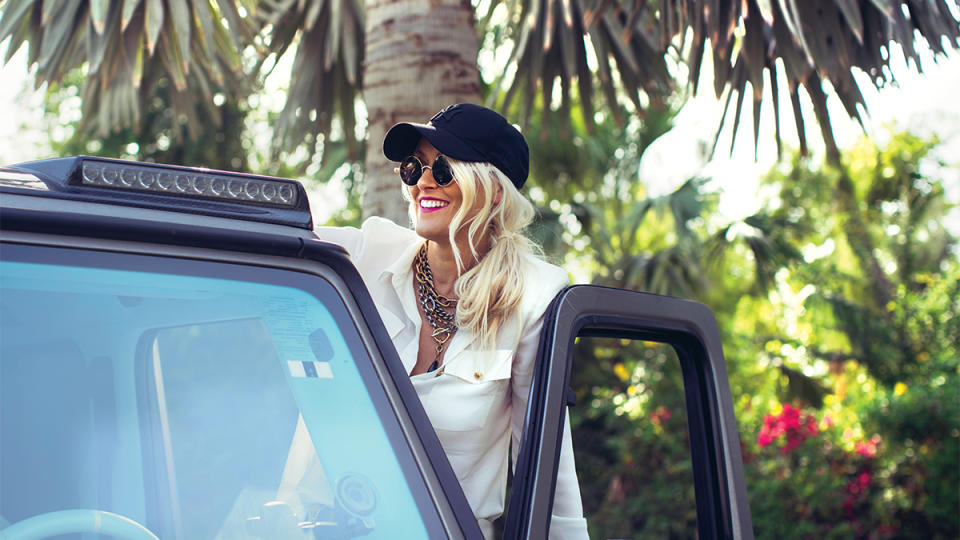
For Alex Hirschi, who grew up in a small town in rural Australia, taking the road less traveled was usually the only option, and so she realized early on that the automobile was her connection to the larger world. “Whenever we had to go anywhere, it was always a car ride for hours, even to the nearest city,” says Hirschi, who admits that her interest was initially “less about a passion for cars than a passion for driving.”
It wasn’t until hosting a local radio show led her to cover car launches, and Bentley loaned her a press vehicle for a couple of days, that she developed an obsession—one she shared with her husband, Nik. “The two of us went to every car event we could find on the weekends, apart from our full-time jobs,” Hirschi says. They’d film and post snippets that, as she puts it, “tapped into the layman’s perspective on cool cars.” The result: 50,000 Instagram followers within a year.
Since just 2017, her social-media persona, Supercar Blondie, has garnered 110 million followers and currently attracts about 2 billion views per month to the reviews, car reveals, and profiles produced under the auspices of the Dubai-based couple’s 65-employee SB Media Group. Now courted by the world’s most exclusive automakers as a potential collaborator, Hirschi parlayed her global reach and rarefied collector connections this past April, when she launched the online-auction platform SBX Cars. While internet-bidding sites are ubiquitous—and known for offering vehicles of varying quality—Hirschi’s version is international in scope and focuses solely on the most coveted supercars, hypercars, and classics for an elite community of buyers and sellers.
While it’s too early to tell how this latest venture will fare, Hirschi’s success and influence undeniably include a trickier metric to gauge: her impact on younger generations of women inspired to make their own mark on a historically male-dominated industry. Viju Mathew
The Builder: Mark Grattan
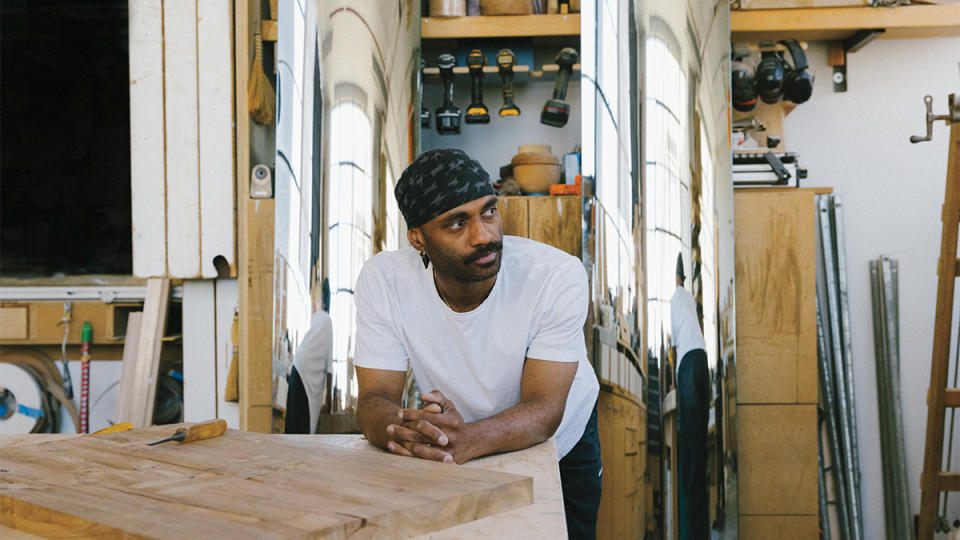
One of the boldest personalities in design today, Mark Grattan is hard to categorize. He’s a designer, yes, but he’s also a craftsman and an activist known for advocating for an increased presence of Black designers in the industry. (In 2020, the visual campaign for Grattan’s furniture brand, Vidivixi, included images for a piece called Split Mirror in which he’s seen reflecting on his role as a queer Black designer.)
Working in the interiors field for more than a decade, Grattan has honed his craft through experimentation, meticulously producing furniture in shapes and textures that, though they draw from Art Deco and tropical modernism, feel fresh and surprising. Seeing Grattan’s work at a design fair—during which one comes across hundreds of chairs, beds, and lights—makes even the most discerning design editor pause.
“My influences, by principle, are based on color, unique marriages between textures, and an unconventional approach to the ordinary,” he says. “The fundamentals that drive my work have always been what feels natural and honest.”
Raised in Hudson, Ohio, by artistic parents who supported his creative path, Grattan studied industrial design at Pratt Institute, focusing on furniture. He moved to Mexico City in 2016 and soon after launched Vidivixi, through which he has released a series of dark, moody, and sophisticated furniture collections that pushed back against the ubiquitous white-walled, soft-pastel-hued fare that has dominated for a decade. Ribbed stainless-steel consoles nod to the ’80s, while striped leather couches are almost Seussian, but his use of scale and shape and careful attention to the relationship between furniture and the human body imbue each piece with refined glamour.
For Grattan, a veteran woodworker, craftsmanship plays a central role in his practice. “You cannot design without knowledge of how things are manufactured,” he notes. “You absolutely cannot design anything without having experience understanding the personalities of materials, their abilities, and constraints.”
Aside from furniture, he has been trying his hand at interior design, notably outfitting the New York home of sports superstars Megan Rapinoe and Sue Bird. And Grattan is pushing full speed ahead, planning to open his first New York showroom by the end of the year. “I don’t want my age—I’m 40 now—to neutralize the fearlessness I see in my work,” he says. “The work will never be easier to create, and the process will always be unpredictable. Your willingness to take the ride is what ends up putting you in the driver’s seat.” Rachel Gallaher
The Prodigy: Eloa Guillotin
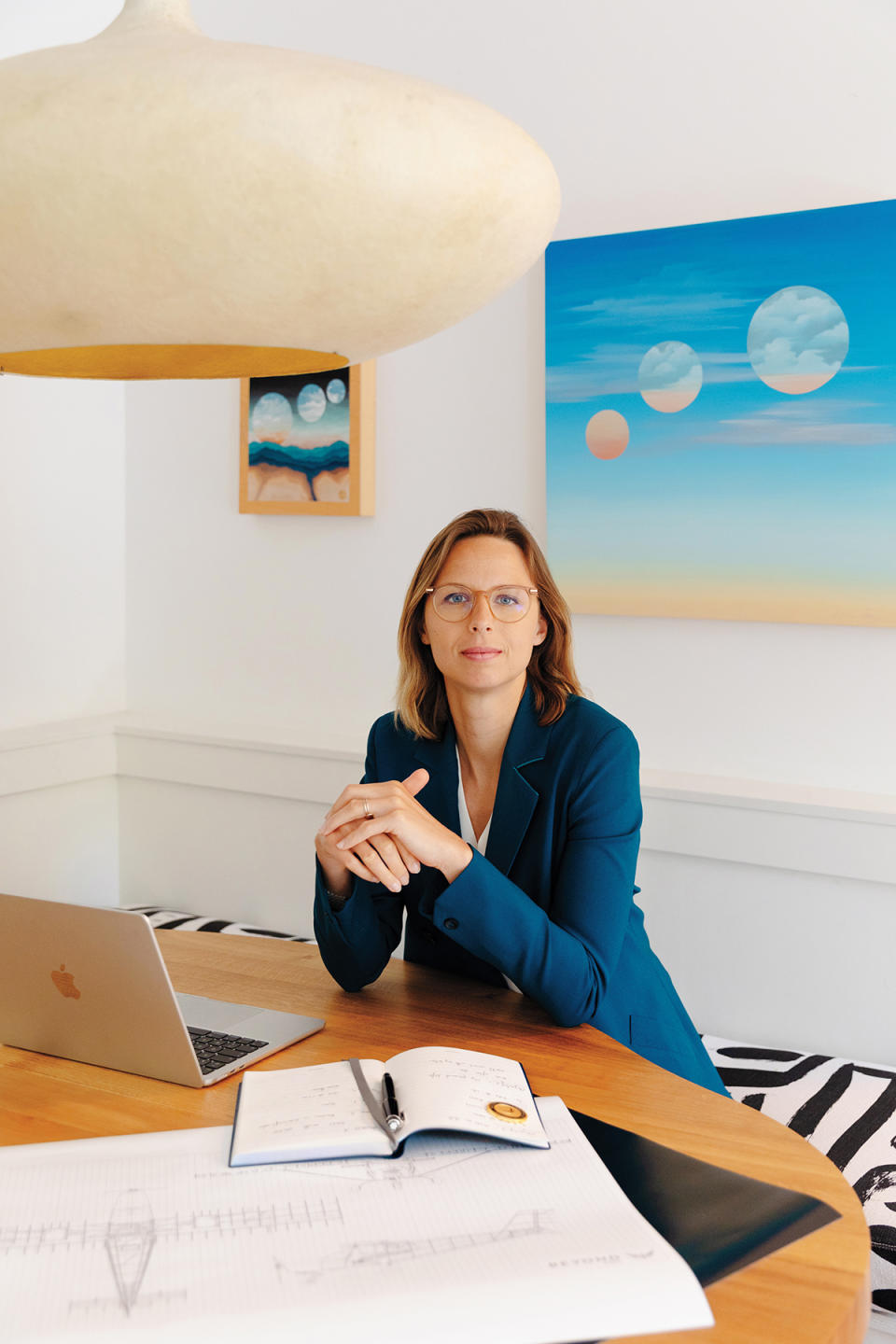
Eloa Guillotin’s childhood dream of becoming an astronaut prompted her career as an aerospace engineer. But when Covid started, Guillotin, then 24, realized that, rather than going to space, she could have a more profound impact on aviation by creating a decarbonized aircraft. In 2020, Guillotin and fellow engineers Valentin Chomel and Hugo Tarlé formed Beyond Aero. “It was obvious to us that aviation had to become electric,” she says. “We figured, as a start-up, the best way to achieve that was with hydrogen fuel cells.”
Having raised $24 million, the three are now in a race to create the world’s first hydrogen-powered electric business aircraft. In February, Beyond Aero’s initial two test flights of a G1 ultralight, retrofitted with Beyond Aero’s electric engines and hydrogen fuel cell, went as planned—noteworthy because the propulsion system is only three years old, compared to many flight programs that can take a decade.
“We’re like any start-up, facing money and time pressures,” says Guillotin. “The question is how to get there in the fastest possible way without compromising safety.”
The company seems to be making the right moves. The team hired hydrogen experts and studied hydrogen-powered vehicles (“anything with a fuel cell,” Guillotin adds) before designing its BYA-1, a six-seat business jet with a 1,000-mile range. Aiming for 2030 certification, the jet will use off-the-shelf components to shorten its development cycle. Beyond Aero is also closely watching aerospace giant Airbus’s hydrogen-powered commercial-jet program.
Many in aviation view hydrogen with skepticism, believing it could involve a much longer path to carbon-free flight than the electric motors and lithium-ion batteries—not to mention the significantly higher capital investments—already available with eVTOLs.
Guillotin pushes back against the naysayers, noting her BYA-1 jet provides a better case for regional use than shorter-range eVTOLs. She acknowledges potential pitfalls but believes a smart business plan and emerging technology will result in the world’s first hydrogen-powered business jet. “Remember, we’re surfing just one wave of a larger ecosystem—a massive hydrogen initiative led by Airbus, while we’re focusing on business aircraft,” she says. “It’s moving faster than anyone expected. For us, it’s not a question of if, but when.” Michael Verdon
The Torchbearer: Juan Lugo
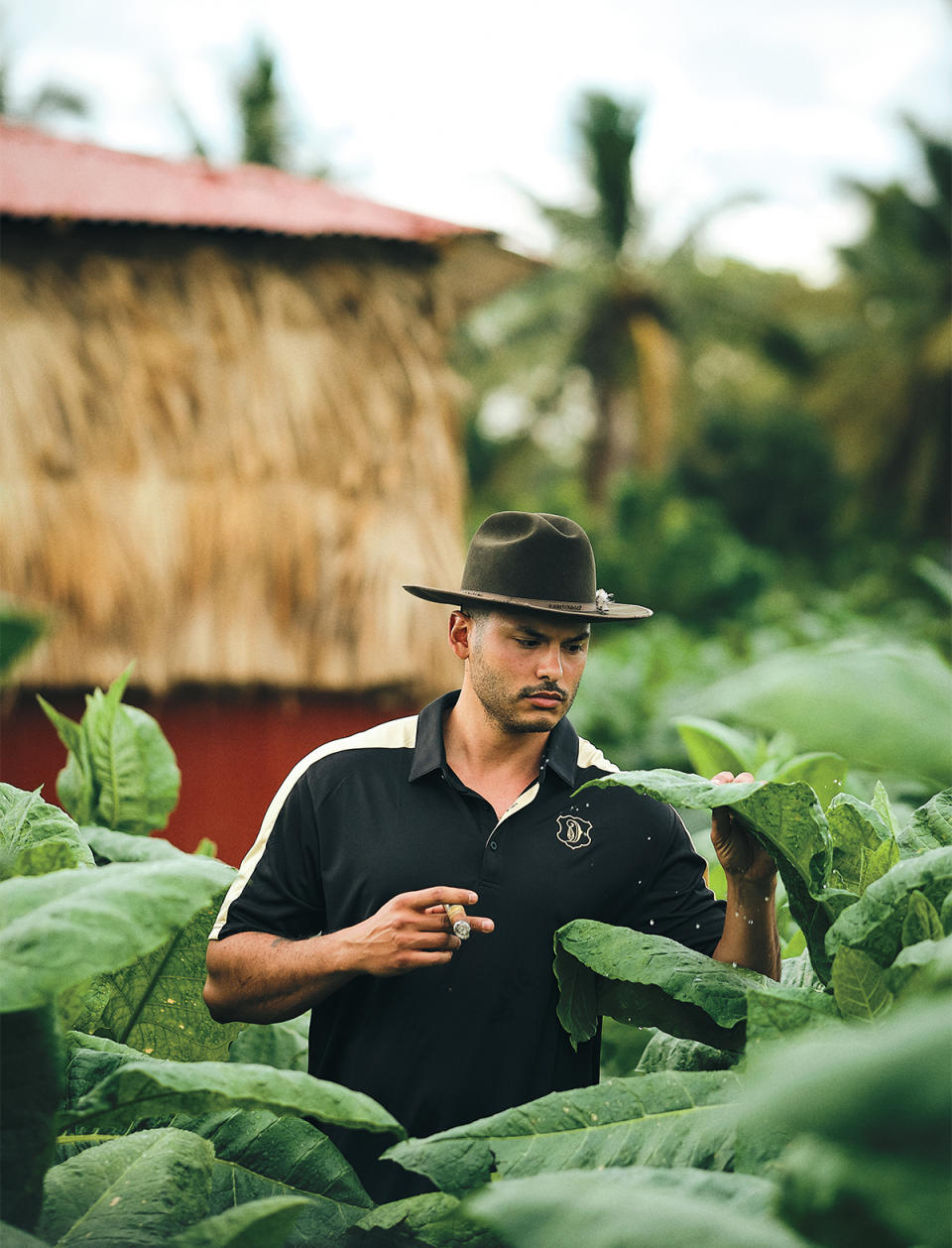
There are more than 500 cigar brands in the world today, all vying for the same customers. But that reality didn’t stop Juan Lugo, founder of Don Doroteo Cigars, from pursuing his longtime dream: Following in his late grandfather’s footsteps and becoming a tabaquero.
Lugo, a born-and-raised New Yorker, is the grandson of Doroteo Fermin Delgado, who grew tobacco for La Aurora, the Dominican Republic’s pioneering cigar company. Though the trade runs in his veins, it was Lugo’s annual vacations that cemented his desire to finally join it. “My parents would take my younger brother and me to the Dominican Republic every year for a couple of months during summer break,” says Lugo, now 34. “During these trips, we would spend a lot of time around our grandfather, who was a dedicated farmer, and help him with chores.”
But it would take years for him to join his grandfather’s profession. Before college, he enlisted in the air force and was twice deployed to Iraq, where alcohol was forbidden but cigars were not. After completing a business degree at San José State University, Lugo worked as a product manager for cybersecurity and cryptocurrency companies. His transition from tech to tobacco bucks the trend in the D.R., which has emerged as a global hub for advanced electronics. But ironically, it was a group of tech-industry pals who helped him make the jump the other way.
“I had just returned from a business trip to Puerto Rico, where I met some investor friends from tech who also happened to be big cigar aficionados,” he says. “We spent the weekend smoking cigars and contemplating this project.”
Around the same time, Lugo’s mother discovered tobacco still growing on land she had inherited from his grandfather. Lugo considered it a sign. He and his partner purchased 20 of those acres, which are now growing crops for future releases. The first Don Doroteo cigars (called El Legado, released in 2022) were made with aged tobaccos from La Aurora, the very same company where Lugo’s grandfather had spent his career—a fitting tribute. Richard Carleton Hacker
The Connector: Hind Seddiqi
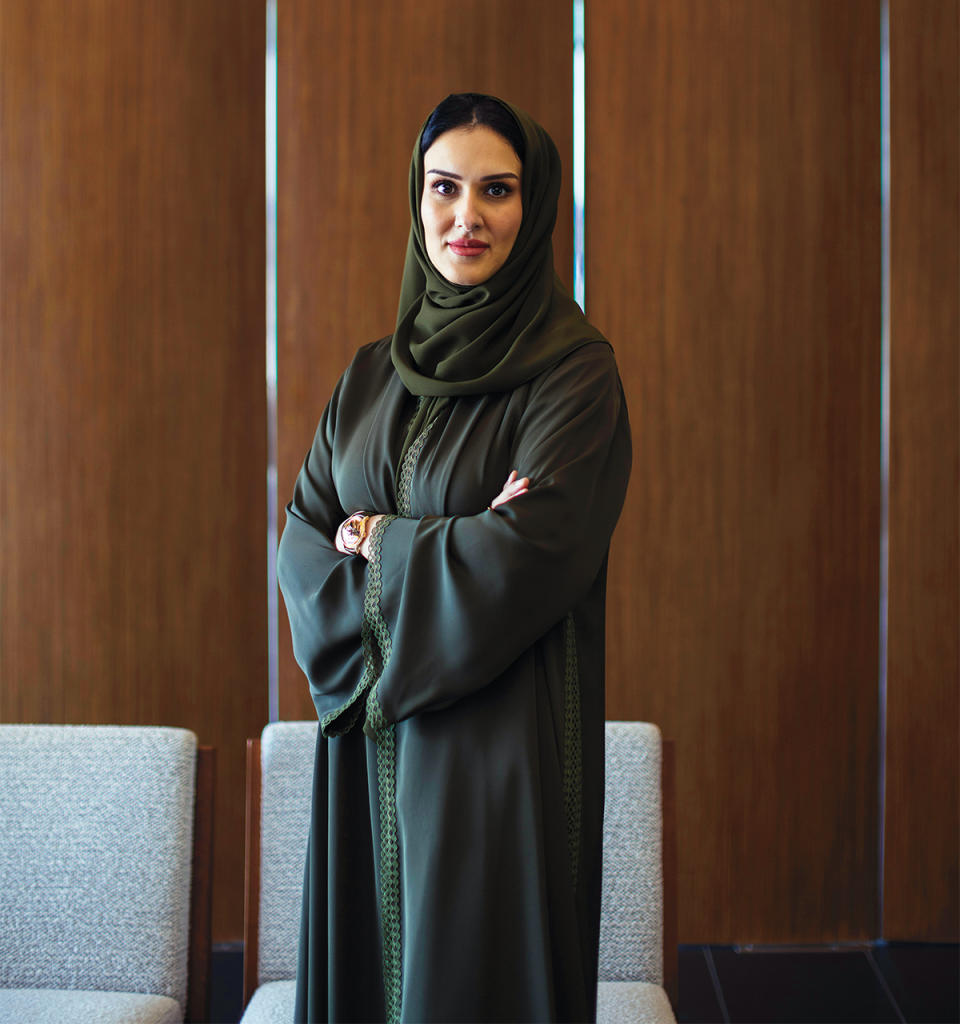
At Dubai Watch Week in November, it was hard not to notice a striking figure gliding through the fair, clad in an elegant pale-blue hijab and an aura of cool confidence. The woman was Hind Seddiqi, whose grandfather founded Ahmed Seddiqi & Sons, the largest watch retailer in the U.A.E., with over 50 locations and counting. Her own influence in the region is growing, thanks to the increasing importance of the show and its Horology Forum, of which she is director general. The free public events she masterminds are especially noteworthy for their ability to corral the world’s leading independent watchmakers into the same space.
Seddiqi, 39, who is also chief marketing and communications officer of her family’s business, started the forum at Dubai Watch Week in 2015 and now organizes events around the world. While it has helped attract more customers, there’s also hope the exposure will encourage a new generation to join the industry. “We used to hear brands saying, ‘Oh, my God—we can’t find enough watchmakers,’ ” she says. “We thought, ‘Does that mean the end of the industry at some point?’ We do not want it to wither like that.”
But thanks to her efforts, Dubai has become a must-visit for die-hard aficionados. “The first edition was
14 brands only and the majority were independent,” she explains, referring to the inaugural show—a small affair with just 2,500 visitors. The sixth edition, last November, had 23,800 attendees and 68 brands. “We are already taking requests for 2025,” she says. “We are obliged to introduce new brands, so I have to say no to some that have done it before.”
If competition among exhibitors is stiff, the vibe of the fair remains laid-back, and Seddiqi wants to keep it that way. While many big names, including Rolex, Audemars Piguet, and Van Cleef & Arpels, now participate, the spirit of the independents is still palpable. Nowhere else do you see so many masters of their craft—Philippe Dufour, Kari Voutilainen, and Rexhep Rexhepi among them—rubbing shoulders with enthusiasts.
To maintain the atmosphere, Seddiqi installed a committee to ensure priority is given to brands presenting global launches, new collections, limited editions, and intriguing experiences. It’s a step that’s likely to help Dubai Watch Week maintain its position as the hottest horological ticket outside of Switzerland. Paige Reddinger
The Healer: Sonu Shivdasani
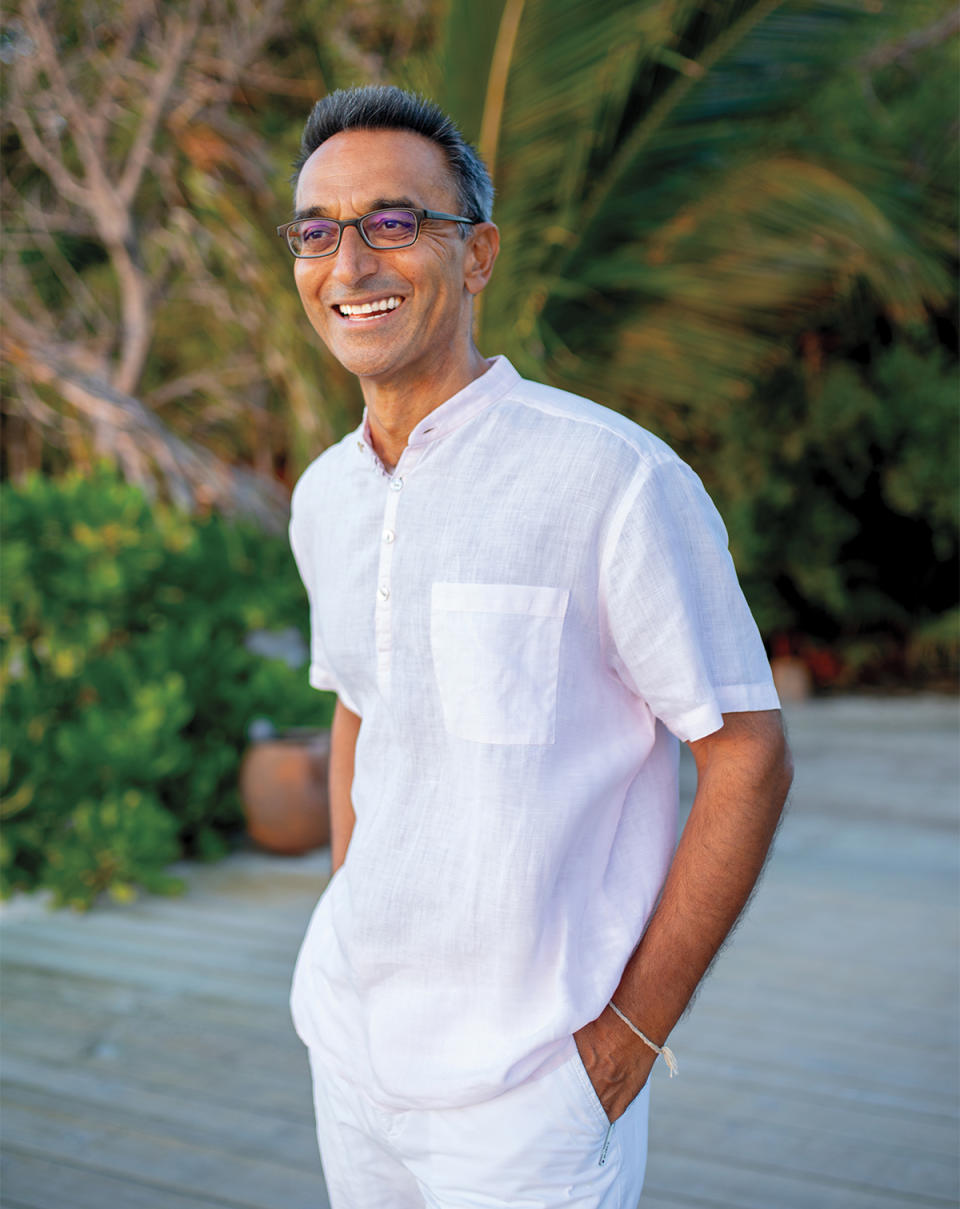
The elusive 59-year-old founder of both Six Senses and Soneva opened his first property—Soneva Fushi, on the Maldives’s Baa Atoll—in 1995. He’d first visited the island nation eight years earlier with his now-wife, model Eva Malmström, who’d been photographed on its beaches. Shivdasani was instantly smitten and quickly spotted a gap in the market. There were only a handful of high-end hotels, all operated by corporate chains, all business-travel specialists. “But when you’re on holiday, you don’t need military execution—you’re looking for experiences. You’re un-busy,” he says. Together, he and Malmström devised the idea for Soneva, its focus on wellness drawn from his own globe-trotting childhood as the son of a wealthy businessman.
Their approach was an instant hit and soon spawned Six Senses. Both brands made wellness and sustainability a focus long before they were buzzwords. Shivdasani proudly points to the 2 percent environmental levy introduced on all stays in 2008, the same year he banned imported bottled water. The savings on the latter now help provide clean drinking water to underserved communities—around 600,000 people so far and counting.
When other hotels began mimicking his barefoot-luxury spa concept—before Soneva, he quips, “a gym instructor might give you a massage in a room that looked like the broom cupboard”—it pushed him to innovate further. Since selling Six Senses in 2012, he has grown Soneva slowly, adding a fourth site this year. The new 14-villa Soneva Secret is a rarity in the Maldives, sitting on its own atoll. And while it has an impressive spa, the other Maldives locations have facilities known as Soneva Soul, offering everything from hyperbaric oxygen therapy to stem-cell treatments.
That’s born, in part, from his own needs: Shivdasani was diagnosed with a rare and aggressive form of non-Hodgkin’s lymphoma seven years ago. “I had 30 tumors in my chest, completely riddled with it, and one lung had collapsed,” he recalls. He combined his chemo with Ayurvedic cleanses and the like and was soon in remission. Unfortunately, the cancer has returned, and he’s using complementary therapies to help tackle it. “My experience inspired what Soneva Soul is today,” he says. “Everything to cure my cancer this time around, we have at Soneva Soul.” Mark Ellwood
The Icon: Judy Chicago
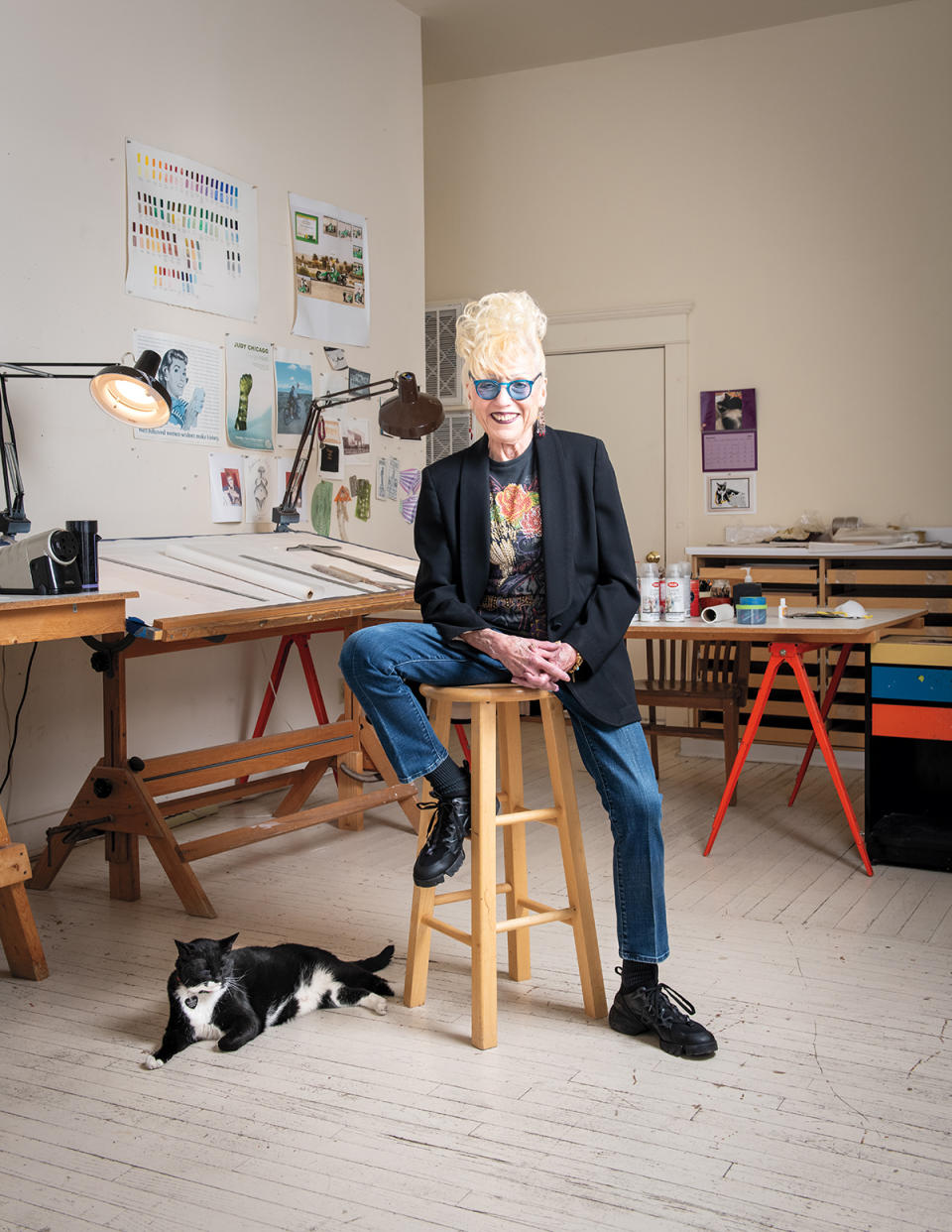
Judy Chicago spent the first decade of her career trying to disguise the fact that her art was made by a woman. Then, fed up, she finally said the hell with it and made the work she wanted to make: about the female body, toxic masculinity, and women’s role in history. In the process, she paved the way for countless other female artists and became a feminist icon.
“I have always had—from the time I was a child—a burning desire to make art,” she tells Robb Report. “I wouldn’t do anything that I felt would threaten my ability to work in my studio: I wouldn’t have children, wouldn’t have property. I certainly didn’t want a mortgage, because then I’d have to think about money. And I didn’t want to think about money. I wanted to think about art.” (She has kept most of those vows, except the one about the mortgage: Her husband persuaded her to buy a home when she was 60.)
Now, at 84, Chicago is living her best life, having just had a major retrospective at the New Museum in New York—a version of which opens June 29 at Luma Arles in France—and with another exhibition on view at the Serpentine in London through September 1. That show revolves around her book Revelations, an illuminated manuscript she initially wrote 50 years ago, with an original creation myth and a revisionist view of history. When she tried to find a publisher in the 1970s, however, she came up empty.
The exhibitions and book, Chicago says, “represent my achieving my lifetime goals, which involved overcoming the erasure that has eclipsed the work of so many women, including my own. I wanted to ensure that wouldn’t happen to me.”
Chicago has been a prominent supporter of other women, cofounding feminist art programs in California and creating her famed piece The Dinner Party (1974-79)—a triangular table with 39 place settings referencing female genitalia—as a tribute to pivotal women throughout history. For her New Museum retrospective, she collaborated closely with artistic director Massimiliano Gioni on The City of Ladies, an exhibition-within-an-exhibition spotlighting more than 80 female and genderqueer artists.
“We have this history that we’ve been deprived of,” she says. “And I have always wanted my work to provide a bridge to that history, because it’s part of human art history, and it belongs to us.” Julie Belcove
The Executive: Stefano de Vivo
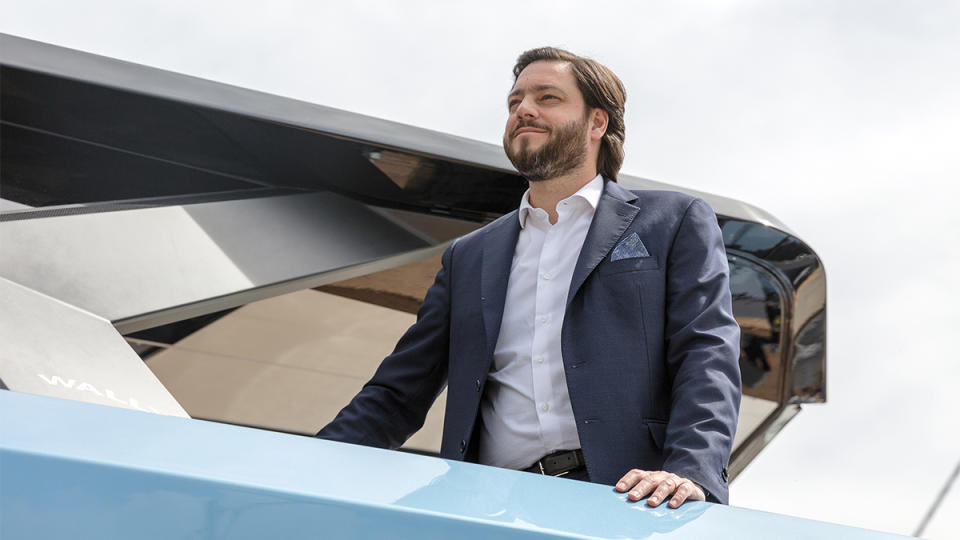
Despite growing up in landlocked Milan, Stefano de Vivo developed an early passion for the sea. At age 4, he piloted wooden boats with his cousins off the Amalfi coast and soon after learned to sail. At 16, he was promoted from student to instructor at a top sailing school—on his first day. This is emblematic of de Vivo’s career: His résumé reads like that of someone with 20 years’ more experience, with increasingly important positions at top Italian brands Riva and Benetti and then, at just 36, becoming chief commercial officer of the Ferretti Group in 2014.
Working with CEO Alberto Galassi, de Vivo was essential to Ferretti’s turnaround. “As a consultant, I’d devised the strategy we used,” says de Vivo. The pair took a cold, hard look at the once-revered conglomerate, then on financial life support. They shuttered one of its seven brands and sold another. Custom Line, a characterless marque many considered dead, was tasked with designing larger, contemporary megayachts, while its CRN superyacht division, where de Vivo joined the board, required a top-to-bottom reboot. Custom Line became Ferretti’s leading revenue earner, while CRN is now building to capacity. And thanks to an aggressive new-model rollout, the Group returned to profitability. “Our five-year strategy had gone according to plan, and the job seemed like it might get boring,” says de Vivo.
Then came the 2019 acquisition of Wally Yachts—which de Vivo, named managing director, “pushed for like crazy” due to his love of sailing. The boutique brand has seen its sales increase from $2 million to $70 million with nine new models, without abandoning Wally’s reputation as a paradigm shifter in design.
De Vivo remains an enigma among Italy’s top yacht executives. His engineering degree in naval architecture gives him an understanding of yachting’s technical side, while an MBA and nearly three years spent in Hong Kong provide a global-business perspective. He’s also in the enviable position of having proved himself after a decade at Ferretti but still being young enough to impact yachting for decades to come.
“The industry is changing fast,” he says. “Many first-time owners are buying big yachts, demanding more luxury, interior space, and sustainability,” trends that will require seismic shifts in technology and design. “It’s an exciting time to be part of, and hopefully lead, these sea changes.” M.V.
The Groundbreaker: Brenae Royal

Among the things that Brenae Royal loves about her “office”: It’s outdoors, covered with grapevines, and home to a variety of wildlife. Plus, she tells Robb Report, “I get to bring my black Lab, Violet Mae, to work every day. Oh, and there’s wine involved.”
Until recently a manager at the historic Monte Rosso Vineyard in Sonoma, Calif.—first planted with grapevines in 1886 and now boasting 250 acres of Cabernet Sauvignon, Zinfandel, and Sémillon—the 34-year-old Royal only just started a new position with St. Supéry, in Napa Valley, where she’s farming primarily Sauvignon Blanc and Cabernet Sauvignon, plus an interesting mix of other varieties in Pope Valley and Rutherford. Running vineyards has long been considered “man’s work”; Royal, who made the leap to St. Supéry after 11 years with Monte Rosso’s parent company, Gallo, is one of a small number of women in the field—and the only Black woman in such a high-profile position.
She refers to herself as a “steward of the land,” saying, “I want to make sure that I’m sustainably farming, so that the land I tend will live long after I’m gone.” Under her leadership, Monte Rosso Vineyard maintained its sustainable certification and is currently in year two of its transition to organic certification. Royal also changed the makeup of the team that tends the vines, which fluctuates from 40 to 100 people, depending on the season. “When I first started as the vineyard manager, it was 100 percent male, and by 2017 women made up to 40 percent of the team,” she notes. “Now during harvest, a few of the crews are 100 percent women, which is something I’m so proud to see.”
Her jump to St. Supéry means that Royal will now be responsible for 600 acres—nearly two-and-a-half times as much planted land as at Monte Rosso. She is especially excited about St. Supéry’s Napa Green certification and its commitment to sustainability and the Napa Valley community.
No stranger to hard work, she ran an event—a master class and tasting with Sonoma growers and winemakers called Reach for the Moon—just eight weeks after giving birth to her first child. A long way from her childhood days working in her grandmother’s abundant gardens and raising pigs with Future Farmers of America during high school, Royal is proud to be a collaborator on what she calls a consumable art while being a member of a community that influences the environment. “Becoming a mom made me see that from a microscopic point of view in the form of my little boy,” she says. “The responsibility of making sure I leave things better than I found them is that much more important to me.” Mike DeSimone and Jeff Jensen
Sign up for Robb Report's Newsletter. For the latest news, follow us on Facebook, Twitter, and Instagram.


